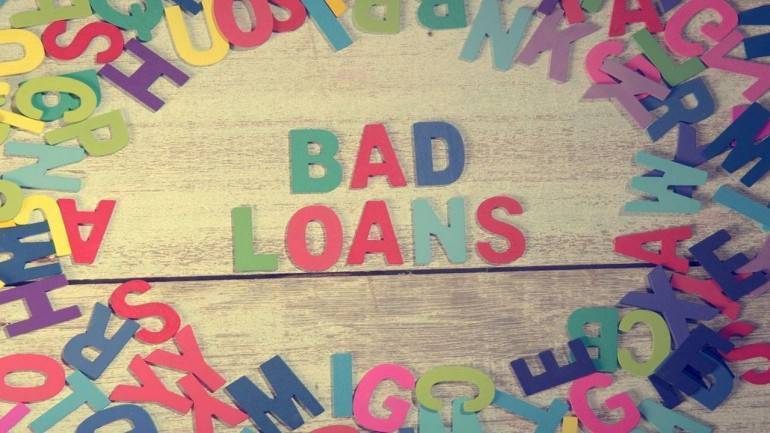Delinquencies in this segment are higher for public sector banks than private sector lenders because of the former's focus on priority lending targets
Non-performing assets (NPAs) under the Pradhan Mantri Mudra Yojana (PMMY) is expected to be between 10 percent and 15 percent, much higher than 5.39 percent reported by the Centre in March 2018, according to a report by The Economic Times, quoting ratings agencies.
The government last month informed Parliament that loans worth Rs 7,277.31 crore of public sector banks (PSBs) under PMMY turned bad as of March 31, 2018.
Rising NPAs under this segment is causing concern to lenders, as per ratings agencies: India Ratings and ICRA.
The scheme, launched on April 8, 2015 by Prime Minister Narendra Modi, provides loans up to 10 lakh to non-corporate and non-farm small and micro enterprises. It aimed at improving working capital access and bring the SME section under the formal credit structure.
As per the Budget 2018-19, the government intends to disburse loans up to Rs 3 lakh crore in FY19. Banks, however, will have to work overtime to meet their MUDRA loan lending target of Rs 3 lakh crore as only about Rs 2 lakh crore have been disbursed till February 22.
To achieve the set target, these loans are usually priced lower to reduce the access barrier since most applicants are first-time borrowers and without any credit history.
Read: Banks need to lend Rs 1 lakh crore to meet MUDRA target for FY19
Delinquencies in this segment are higher for PSBs than private sector lenders because of the former's focus on priority lending targets, as per ratings agencies. Lenders are required to loan 40 percent of their advances to categories designated as priority.
"Even though the NPAs are high in all exposures, private banks have been more cautious in their lending,” Prakash Agarwal, Director and Head of India Ratings told the newspaper. "PSBs have targeted lending mandates. Hence, there is limited manoeuvrability on controlling asset quality while maintaining exposure."
Read: Budget 2019: Mudra registers 15.5 lakh beneficiaries, fiscal support at Rs 500 crore in 2019-20
RBI’s 90-day loan restructuring provision allows non-classification of defaults as NPAs for loans with a ticket size less than Rs 25 crore. This may lower delinquencies reflected on loan books, but spikes will be evident once this provision ends in March 2020, Agarwal said.
"The asset quality of these loans is deteriorating because they are inherently risky. More than 70 percent of the loans to new borrowers had been sanctioned by PSBs. A big chunk of these loans is under the Mudra portfolio,” a senior State Bank of India banker told the newspaper.
These loans are risky because they are availed for consumption rather than for production purposes, the banker said, adding that PSBs intrinsically need to develop a better recovery mechanism.
Since 2015, more than 35 million Mudra loans worth around Rs 7 lakh crore have been sanctioned. They account for about 10-15 percent of all outstanding credit at micro, small, and medium enterprises. Loans under MUDRA are disseminated under the following categories: Shishu, Kishore and Tarun.
Read: Demonetisation, GST affecting Mudra loan recovery, says Shiv Sena
While the scheme has helped increase bank credit to the SME segment, analysts believe that NBFC-MFI (microfinance institutions) operating in the same industry are able to maintain significantly better asset quality than banks.
"MFI loans, which are like Mudra loans in terms of ticket size and borrower profile, have much lower delinquency than loans refinanced under the Mudra scheme," Anil Gupta, Vice-President, ICRA, told the newspaper.
















